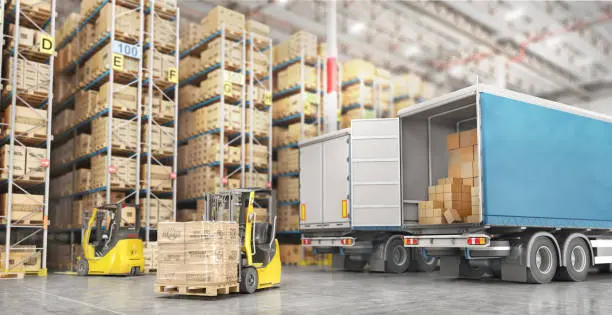
Efficiency in Motion: The Art of Freight Handling
- Admin
In the intricate dance of global trade, freight handling emerges as a pivotal player. It's the unseen force behind the scenes, orchestrating the movement of goods from one point to another with precision and efficiency. From bustling ports to bustling warehouses, the art of freight handling ensures that cargo flows smoothly through the supply chain, reaching its destination intact and on time.
The Significance of Freight Handling
Freight handling encompasses a range of activities involved in the loading, unloading, sorting, and storage of goods during transit. Whether it's containers being offloaded from a ship, pallets being loaded onto a truck, or parcels being sorted in a distribution center, effective freight handling is essential for maintaining the integrity of the supply chain and meeting customer expectations.
Key Components of Freight Handling
Infrastructure: The infrastructure for freight handling includes ports, terminals, warehouses, and distribution centers equipped with the necessary facilities and equipment to handle various types of cargo efficiently. This may include cranes, forklifts, conveyor belts, and storage racks tailored to the specific needs of different industries and commodities.
Technology: Technology plays a crucial role in modern freight handling operations, streamlining processes, enhancing visibility, and improving productivity. Automated systems for tracking and tracing shipments, RFID tags for inventory management, and robotics for material handling are just a few examples of how technology is transforming the freight handling landscape.
Safety and Compliance: Ensuring the safety of workers and compliance with regulatory requirements are paramount in freight handling operations. Proper training, equipment maintenance, and adherence to safety protocols help mitigate risks and prevent accidents, safeguarding both personnel and cargo.
Efficiency and Optimization: Efficiency is the name of the game in freight handling, with a focus on minimizing dwell times, reducing handling costs, and optimizing throughput. Strategies such as cross-docking, just-in-time delivery, and load optimization help streamline operations and maximize resource utilization.
Challenges and Opportunities
While freight handling plays a critical role in facilitating global trade, it also faces its fair share of challenges. Congestion at ports, labor shortages, infrastructure limitations, and the growing complexity of supply chains are just a few of the issues that freight handlers must contend with. However, with challenges come opportunities for innovation and improvement. Embracing new technologies, adopting sustainable practices, and fostering collaboration across the supply chain can help overcome these challenges and drive continuous improvement in freight handling operations.
Conclusion
Freight handling may not always be in the spotlight, but its importance cannot be overstated. It's the backbone of global trade, connecting producers with consumers, manufacturers with suppliers, and businesses with markets around the world. By embracing efficiency, harnessing technology, and addressing challenges head-on, freight handlers can ensure that goods continue to flow seamlessly through the supply chain, driving economic growth and prosperity for all.
